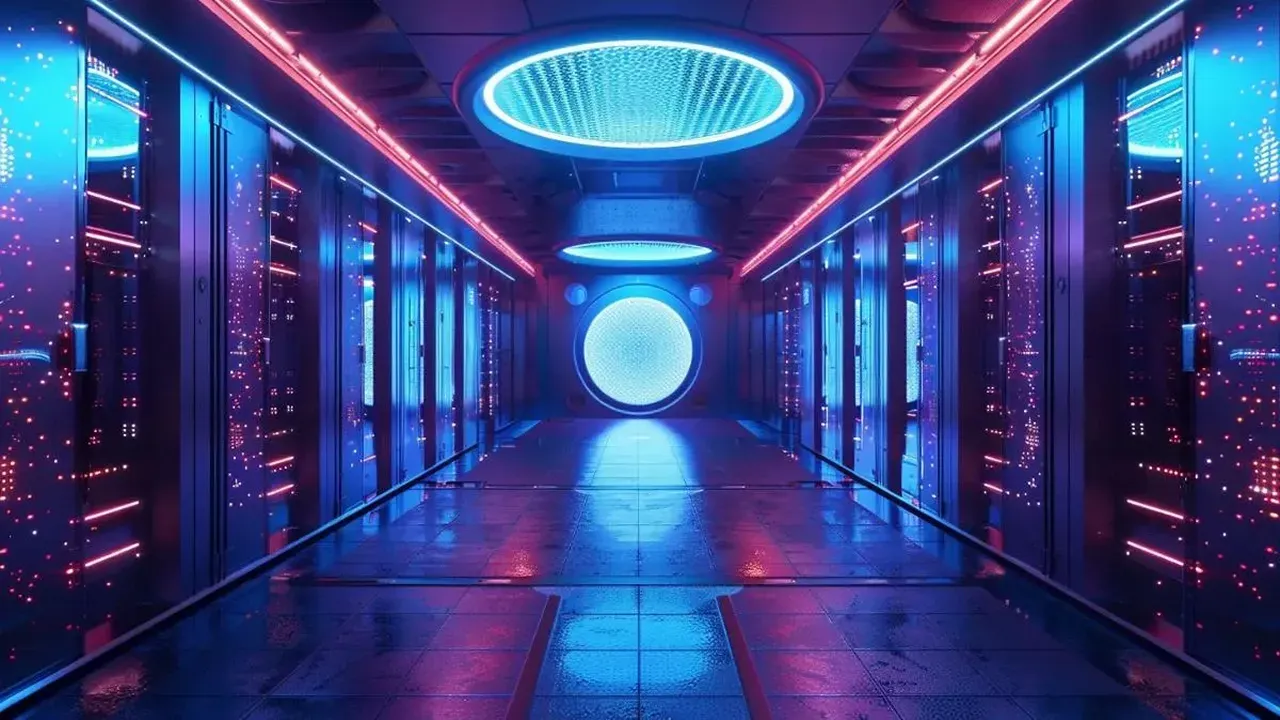Introduction: A New Titan on the AI Accelerator Arena
Cerebras Systems, known for its radical approach to creating high-performance AI accelerators, today, May 27, 2025, reaffirmed its leadership ambitions by introducing the world to the third generation of its revolutionary processor – the Cerebras WSE-3 chip|Wafer-Scale Engine 3 (WSE-3). This chip can, without exaggeration, be called an engineering marvel: it is the world's largest specialized AI processor built on a single silicon wafer. The WSE-3 announcement marks a new stage in the race for computational power needed to train increasingly complex and large-scale artificial intelligence models, especially in the field of generative AI.
WSE-3 in Detail: Astronomical Numbers and Unmatched Power
The technical specifications of the Cerebras WSE-3 chip|new Cerebras WSE-3 chip are truly astounding. It contains a staggering 4 trillion transistors, an order of magnitude more than most traditional processors. This giant area houses 900,000 compute cores specifically optimized for machine learning tasks. Such an architecture allows the WSE-3 to achieve a peak performance of 125 petaflops (quadrillions of floating-point operations per second) in AI tasks. For comparison, this is computational power comparable to entire clusters of traditional GPUs. The key feature of Cerebras technology – placing all these resources on a single wafer – eliminates bottlenecks associated with interconnections between individual chips, ensuring unprecedented data processing speed and energy efficiency when working with huge models.
The Heart of the CS-3 Supercomputer: Scaling for Giant Models
The WSE-3 chip is the core of the new generation of Cerebras CS-3 AI supercomputers. These systems are designed to tackle the most ambitious AI tasks, including training giant language models (LLMs) and other deep learning models with up to 24 trillion parameters. Importantly, CS-3 systems are highly scalable: up to 2048 such systems can be combined into a single cluster, providing virtually unlimited computing resources for the most demanding projects. Such a configuration can deliver exascale-level performance, making the WSE-3 based CS-3 one of the most powerful solutions available for training and deploying cutting-edge generative AI models.
Target Applications: From Science to Industry
The potential of WSE-3 based systems is enormous. They are ideally suited for accelerating research in fundamental science, such as particle physics, astrophysics, or climate modeling, which require processing petabytes of data. In drug discovery and biotechnology, WSE-3 can significantly speed up the processes of finding new molecules and modeling their properties. Of course, the main focus is on training and inference of large generative models, including multimodal AIs capable of working with text, images, audio, and video. Industry, the financial sector, and government agencies can also benefit from such computational power for forecasting, optimization, and big data analysis tasks.
Impact on the AI Landscape: A Challenge to Competitors and New Opportunities
The announcement of the Cerebras WSE-3 chip|Cerebras WSE-3 chip is a serious statement in the competitive AI accelerator market, traditionally dominated by GPU-based solutions from companies like NVIDIA. Cerebras's unique approach to creating monolithic wafer-scale chips offers an alternative to cluster systems, promising simplified programming and higher efficiency for certain types of tasks. This stimulates the entire industry to search for new architectural solutions and pushes the boundaries of what is possible in AI creation. The emergence of such powerful single processors opens up new possibilities for researchers and developers, allowing them to experiment with models of previously unimaginable size and complexity.
Conclusion: Specialized Hardware as the Engine of AI Progress
The WSE-3 chip and the CS-3 supercomputers based on it are clear evidence of how crucial the development of specialized hardware is for further progress in artificial intelligence. As AI models become increasingly large-scale and resource-intensive, hardware innovations like those offered by Cerebras will play a key role in achieving new breakthroughs and the practical application of AI in all spheres of human activity.
